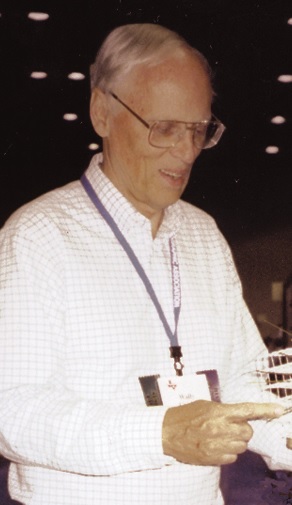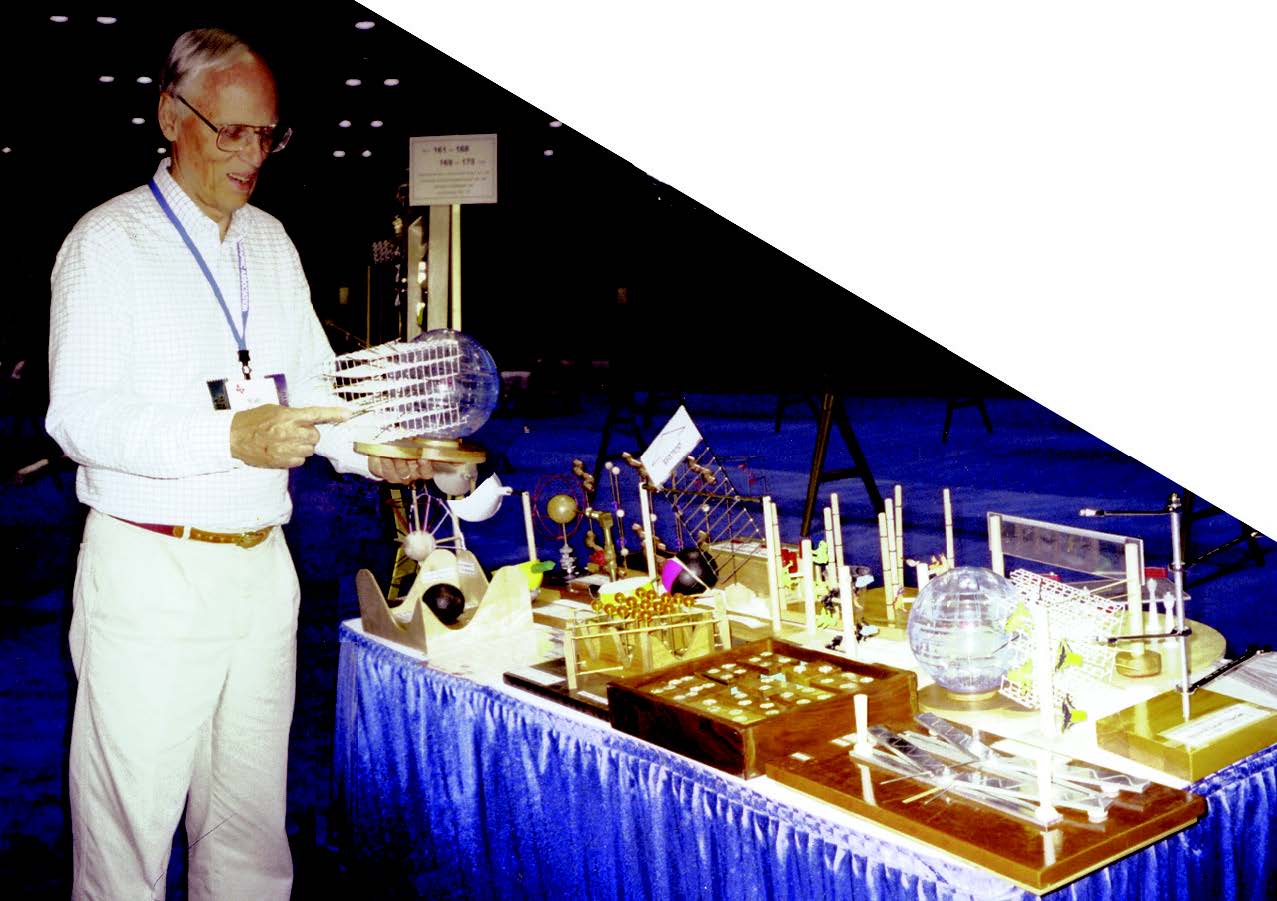Obituary - A. W. "Wally" Cordes (1934 - 2014)Memoir | Publications | Curriculum Vitae | Videos | Slides | Articles | Obituary
Remembrance of Wally Cordes (1936 - 2015)ACA RefleXions, Spring 2014
Paul Swepston When I learned of Wally Cordes’ death, I had a feeling similar to that of when my parents passed away. In a way Wally was like a parent to me and helped mold me into a productive adult at a point in my life when I really didn’t know what I wanted to do. I have never met a person more interested in teaching – not teaching as a profession, per se, but teaching as a way of life. Wally took his teaching responsibilities so seriously that he never would give the same lecture twice. He would always show up to class with some notes scribbled on the back of a blank computer card, and that was just to remind him to cover all the topics. But I hate to use the word “seriously” because that might indicate that he was too focused and serious. Instead, he instilled a sense of wonder and joy in anything that he taught, and he felt that if you couldn’t have fun doing something, then don’t do it. Wally’s “teaching way of life” carried over to his family. When Wally and his wife Doris would invite all the students over for a party, their children were always around, and there would be puzzles and games scattered everywhere. Life was a journey of solving puzzles and investigating the unknown and looking for answers. All four of Doris and Wally’s children have gone on to successful careers, all involving things that fascinated Wally, like computers or chemistry or architecture. I can honestly say I have never met two parents who did a better job of raising a family. Wally’s enthusiasm and jovial nature created a very conducive atmosphere for graduate school. There was a lot of interaction between the research groups, and graduate students readily helped one another with their research problems. In marketing terminology, he did a great job of branding himself. He was known as a fantastic teacher who was always doing something off the wall to get the students’ attention. His eccentricities fascinated students, such as driving around in a jeep without a top, using an umbrella when it rained, and drilling drains in the floorboard. I found my way into crystallography by accident – literally an accident. I discovered I was not cut out to be a synthetic inorganic chemist after poisoning myself with trimethyl arsine and decided to quit graduate school and drive a beer truck. Wally begged me to give crystallography a try and I grudgingly did. I fell in love with it immediately and haven’t stopped thinking about it since. I discovered that the underlying beauty of nature that crystallography encompasses is what really intrigued Wally, and he really seemed to enjoy teaching me what he knew. Wally taught experimental crystallography like everything else. It was more important to understand the underlying concepts of crystallography than to see how fast you could produce a structure. The hours spent taking Weissenberg and precession photographs helped cement in my brain the underlying concepts of reciprocal space and gives me a real appreciation of modern instrumentation. Scattered around the X-ray lab were models Wally had created to illustrate various symmetry elements. I am not sure if he was really an artist who expressed himself through his symmetry sculptures or he became an artist after having fun trying to illustrate crystallographic symmetry through models and sculptures. Not all of his art involved crystallography, as he had replicated some famous sculptures in his yard and hanging from the ceiling. Many people enjoyed seeing some of his crystallographic models and toys at the ACA meetings, particularly at the San Antonio ACA meeting (see photo below), but Wally had been producing these things since the '60’s. The more I think about it, I am convinced he was a scientist wrapped around the body of an artist – someone who was internally driven to create objects out of the beauty of nature that he saw through crystallography.
From the beginning of my graduate studies Wally always made sure that there was money set aside to help his students attend at least one ACA meeting each year. Of course in those days there were two meetings each year and it would have been very expensive to go to all the meetings, but we always tried to go to both. He pushed us to network at the ACA meetings. At the first meeting I attended (Eufaula, AL) I met Wayne Hendrickson at a programming workshop, roomed with David Sayre, and sat through an interesting session where Wayne and Martha Teeter introduced the crambin structure followed by an exciting discussion about anomalous dispersion phasing with Karle and Hauptmann chiming in. I feel truly blessed that Wally entered my life when he did. I can never hope to have the impact on others that he did, but he taught me the importance of enjoying what you do and the joy of discovering the unknown through scientific research. |


